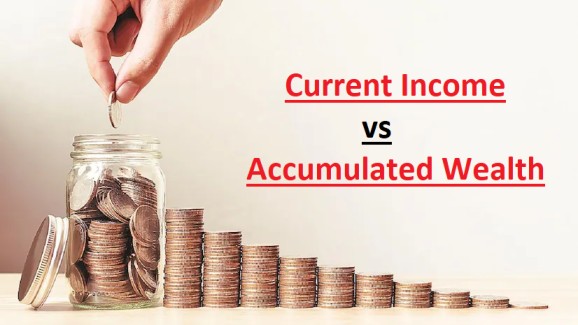
Why Top is growing faster
- December 10, 2024
- 0
The Indian economy is doing well, with world-beating GDP growth, macroeconomic stability and a steady inflow of foreign capital.
However, there are two contrasting trends: the top 20% is growing faster than the rest. Consider this as evidence that low rural growth and unemployment can coexist alongside high growth.
Besides being the largest component of GDP, domestic consumption growth is the best proxy for income inequality. The rich invest most of what they earn, while the poor consume everything they earn. The wealthiest 20% account for 50% of households income, but almost all (92%) of India’s savings.
Since individual household changes in savings and consumption rations are gradual, sharp differences between investment and consumption growth give you a clue as to which segment of India is growing faster – the wealthy savings class or the poorer consuming class.
Simple maths will show you that – even adjusting for government expenditure and net exports – if GDP is growing at 8%, consumption is growing at 4% and individual savings rates don’t change, it probably means that the top 20% of Indians are increasing their income by 10-11%. The remaining 80% is growing by about 4%.
In fact, with real Sensex and gold price growth at 20% and 13%, respectively, and agriculture growth of 14%, it’s possible that the top 5% of Indians are growing income at 15-18%, and the bottom 20% are not growing at all.
There is much anecdotal evidence to prove this. The FMCG sector is reporting low-value growth. On the other hand, more ‘premium’ sectors like SUVs, modern retail and luxury goods are doing very well.
Why is the top growing faster than middle, which is probably growing faster than the bottom?
Global changes: This divergence of two arms of a country’s economy – what economists call ‘K-shaped’ growth – is not unique to India, it’s a global trend. On the back of this value creation is asset price inflation, benefiting those who own assets.
Soon after the second wave of Covid in 2021, many people had to cut back on discretionary expenses like eating out. By consuming less, one may think he is securing his future, but when many more do the same, he is mortgaging it.
If the glistening parts of the Indian economy can shine a light on the darker side, we may have the ability to have a brighter future.
👇 Please Note 👇
Thank you for reading our article!
If you don’t received industries updates, News & our daily articles
please Whatsapp your Wapp No. or V Card on 8278298592, your number will be added in our broadcasting list.



































































